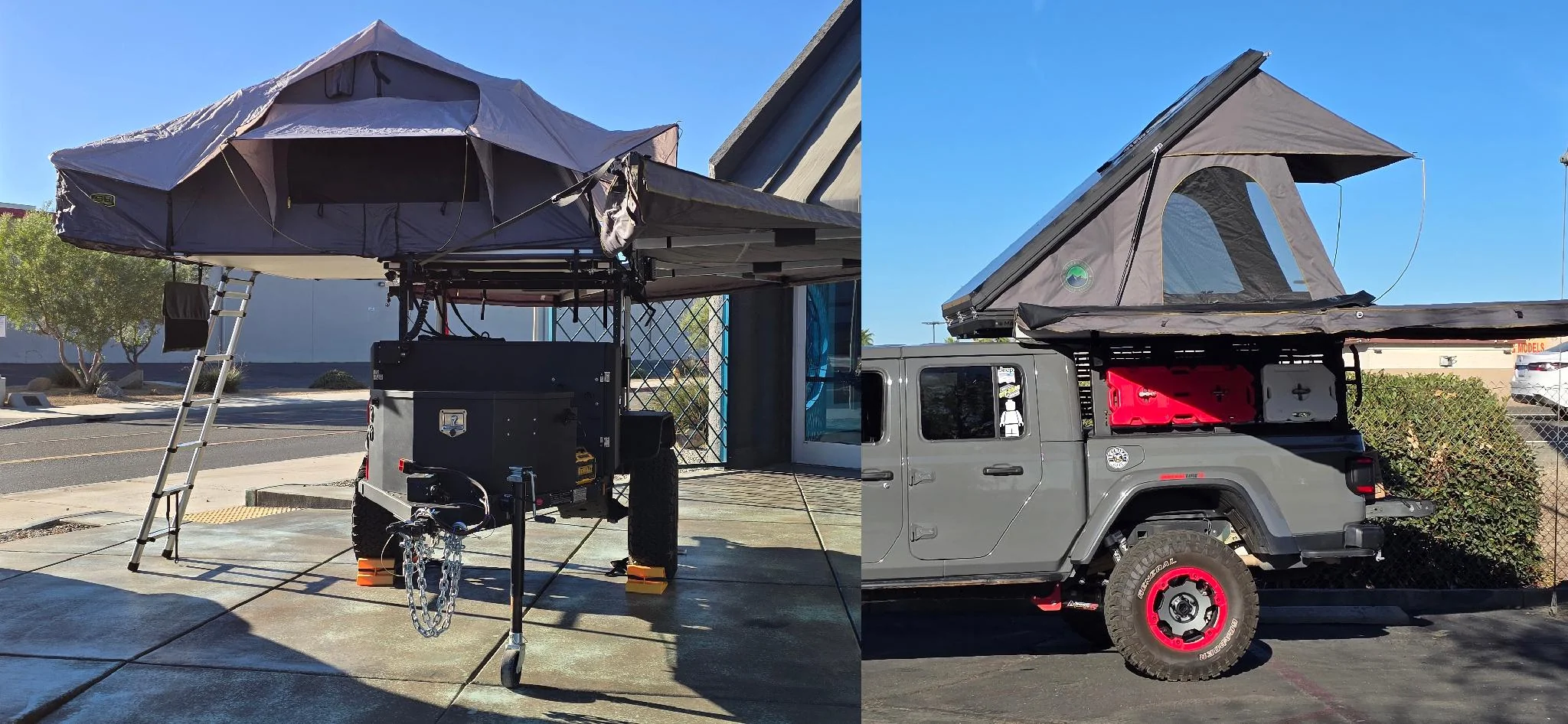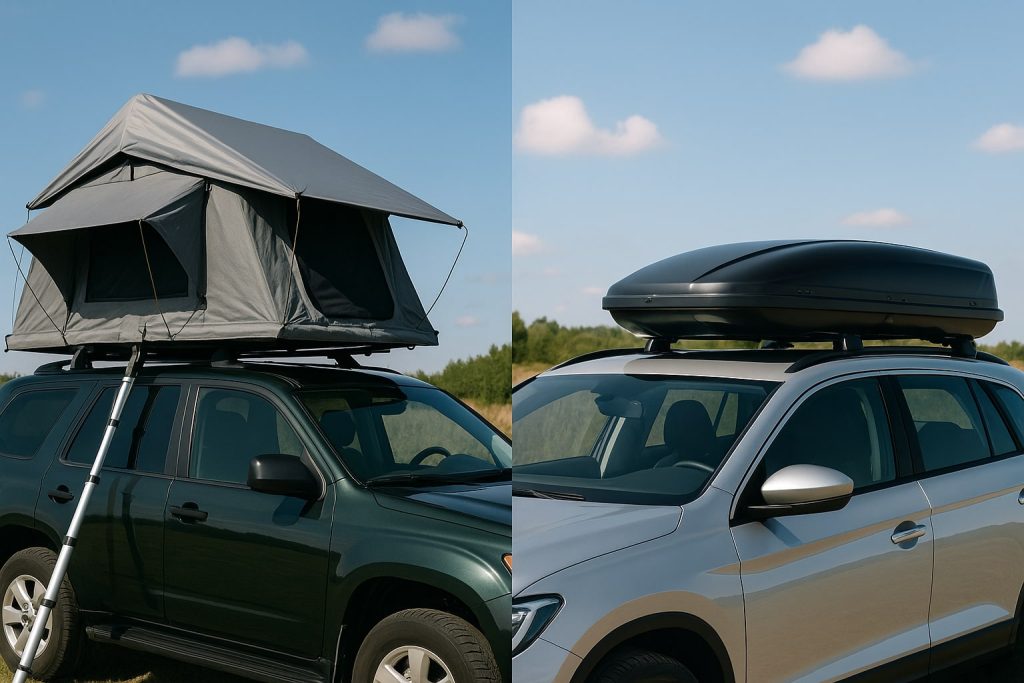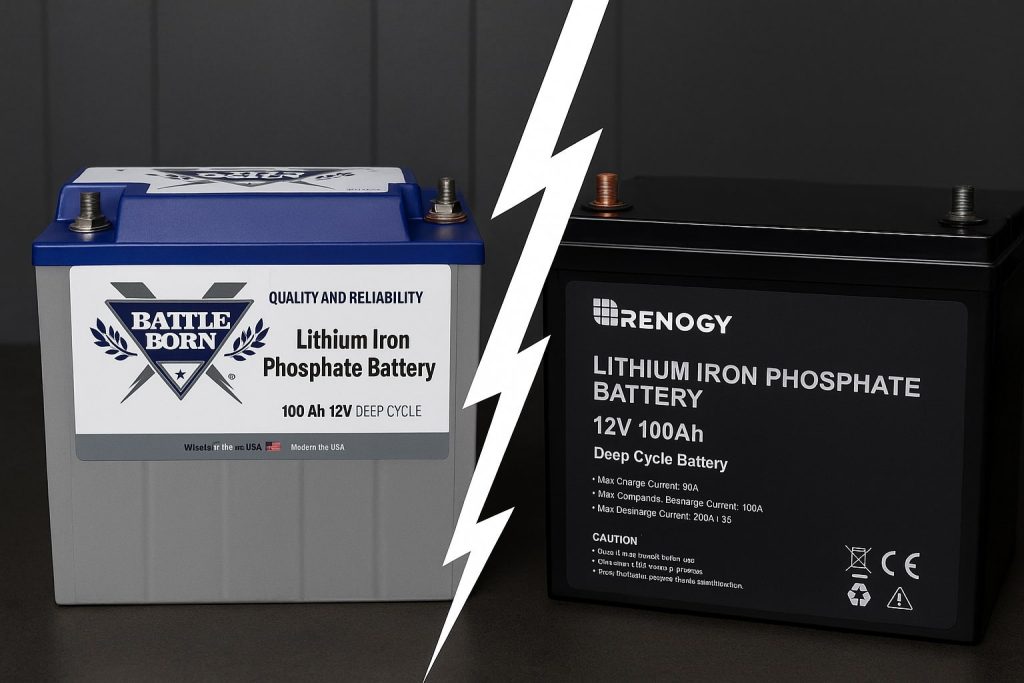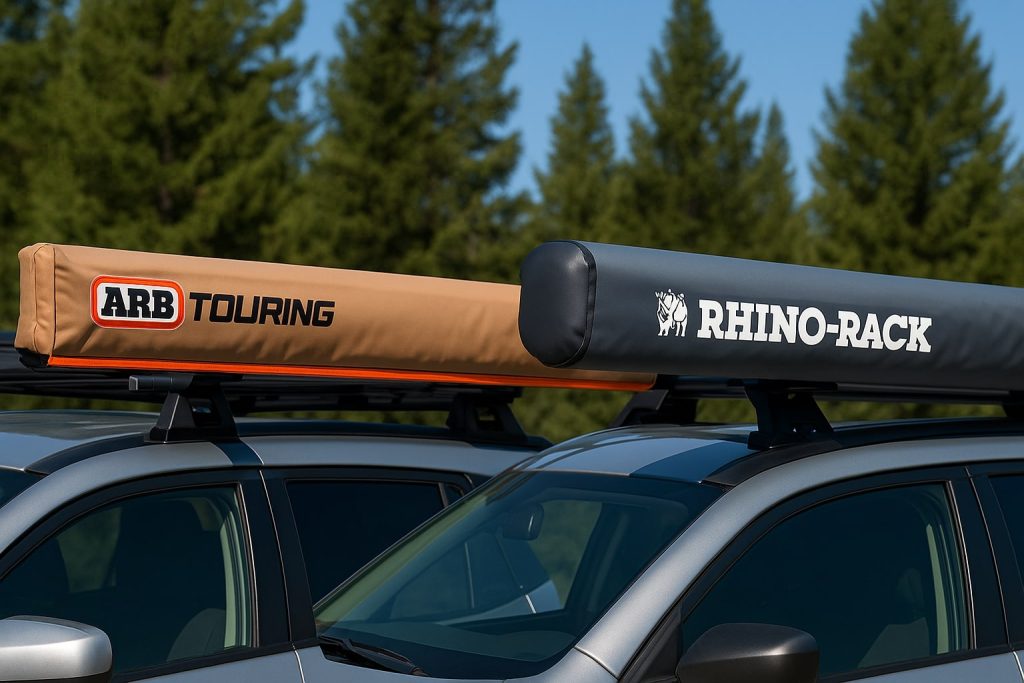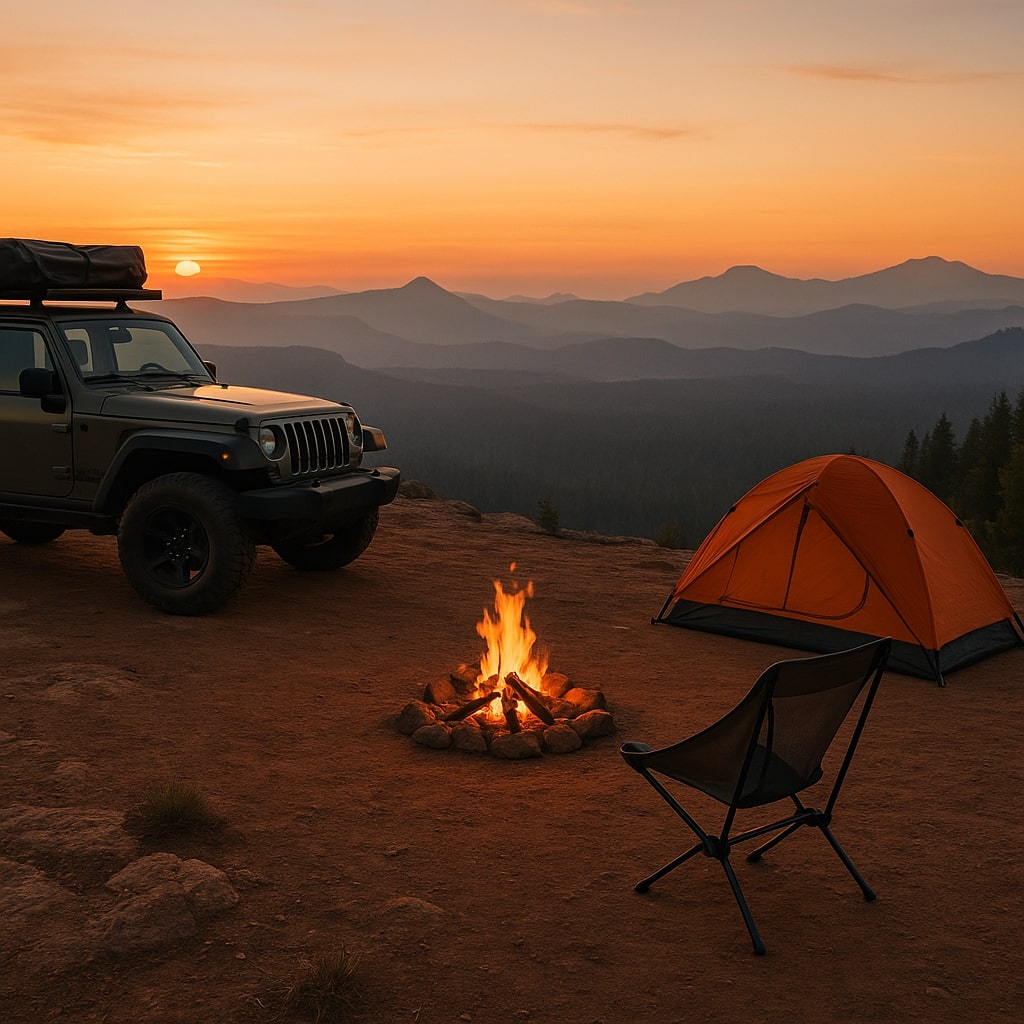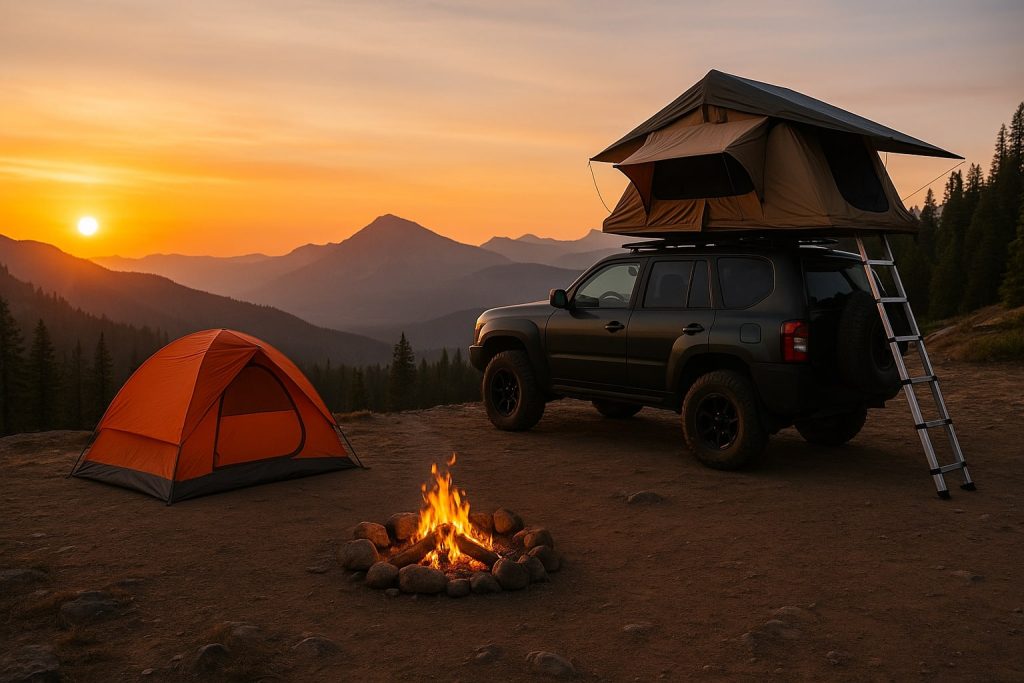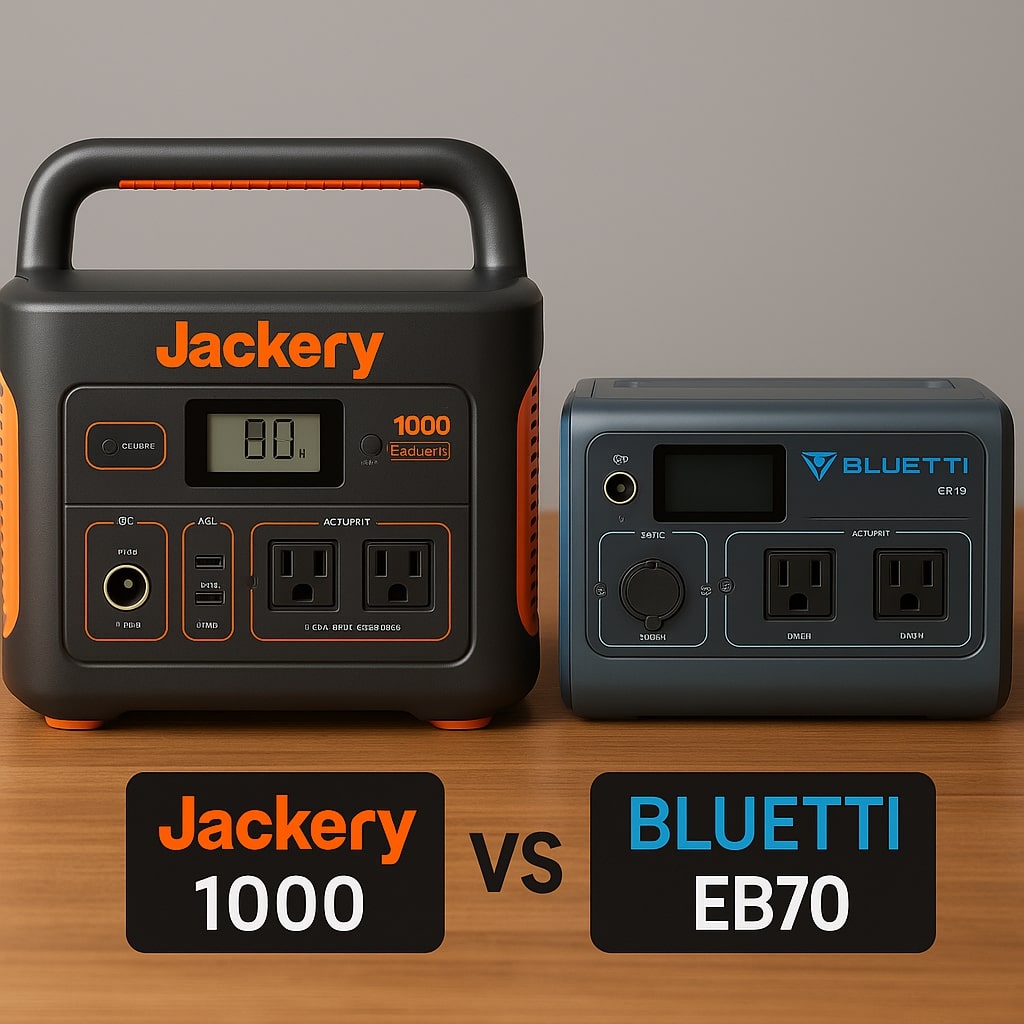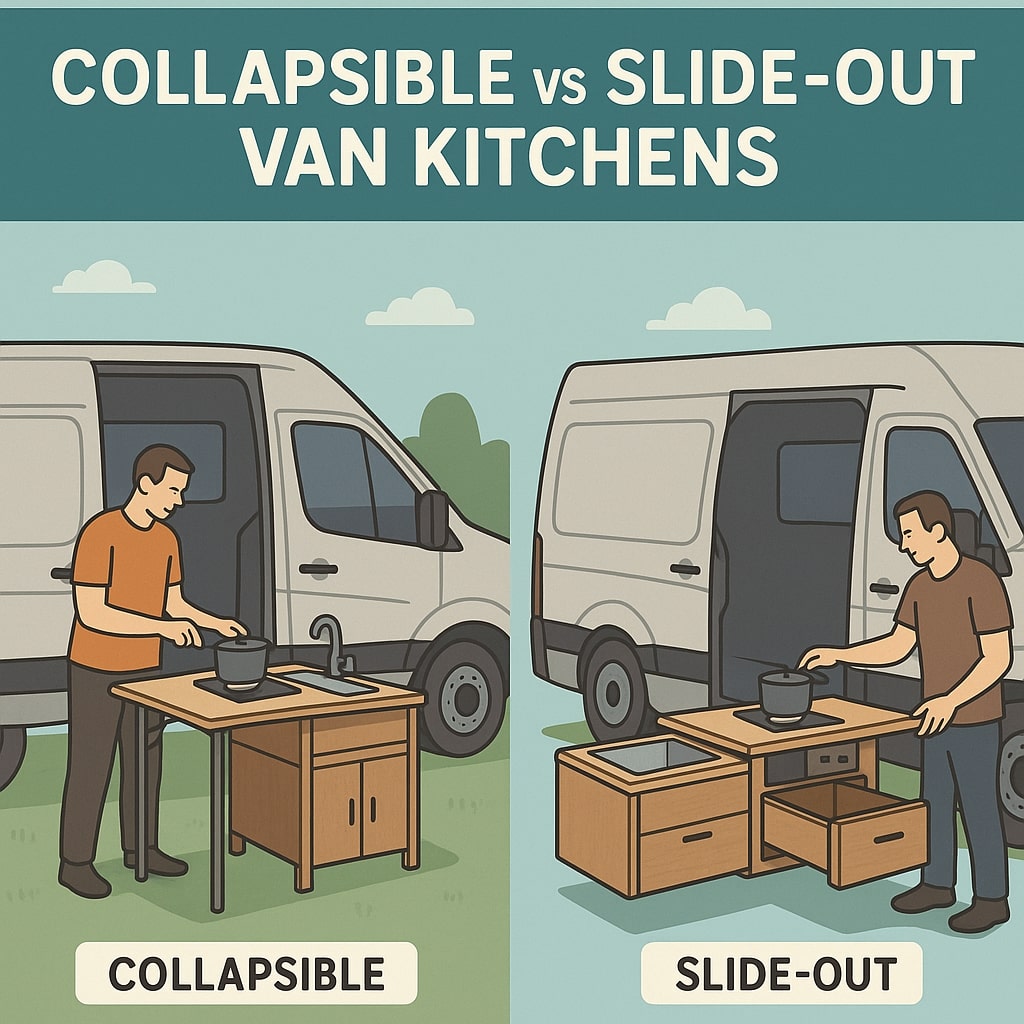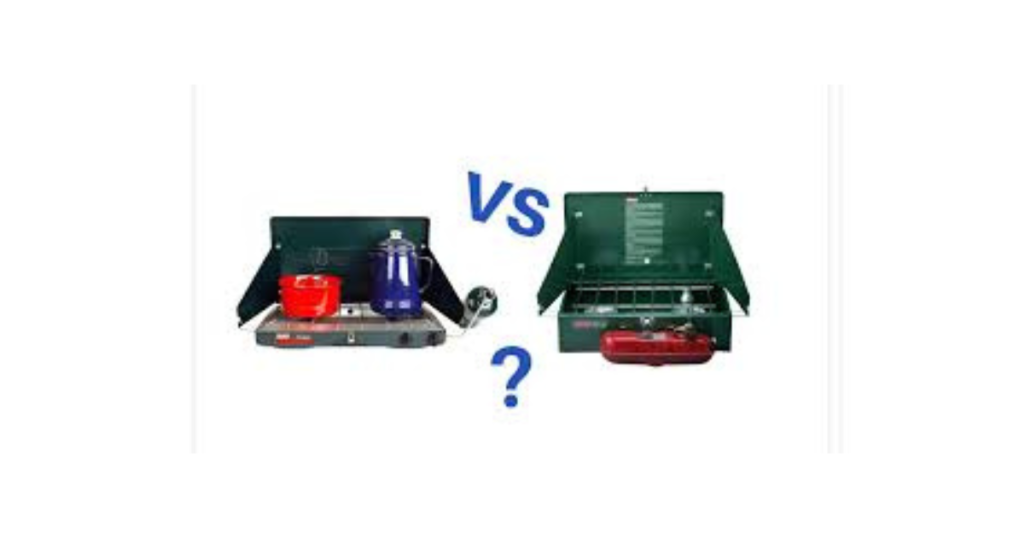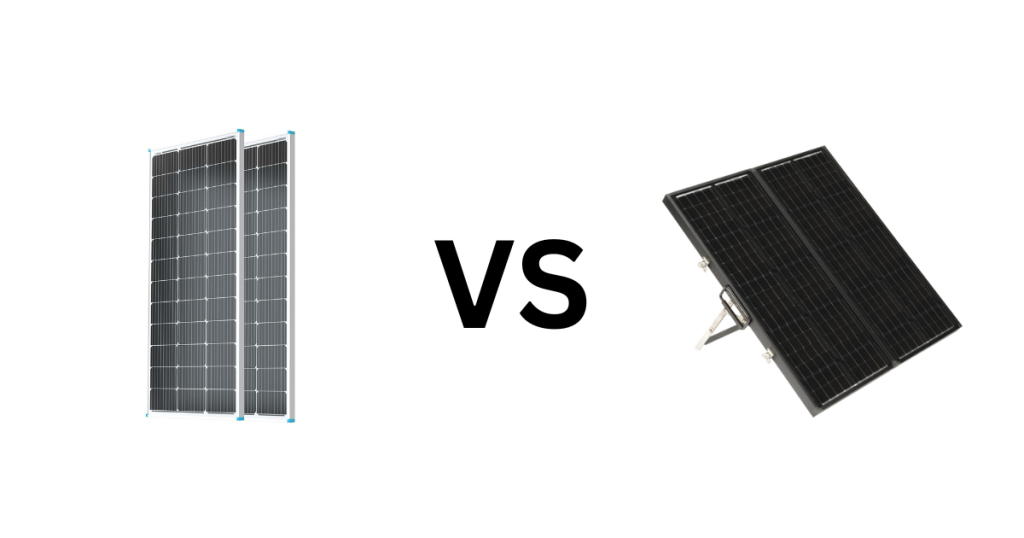Choosing the right rooftop tent can make or break your outdoor adventure. Two popular options stand out—softshell and hardshell rooftop tents. Each comes with its own strengths and drawbacks. Some campers love the ease and sleek look of hardshells. Others prefer the spacious and affordable softshell models. This guide breaks down the key differences between the two. We’ll explore how they compare in setup time, durability, weather resistance, cost, and more. Whether you’re a weekend camper or a full-time overlander, understanding these tents will help you pick the right one for your journey.
Softshell Rooftop Tent
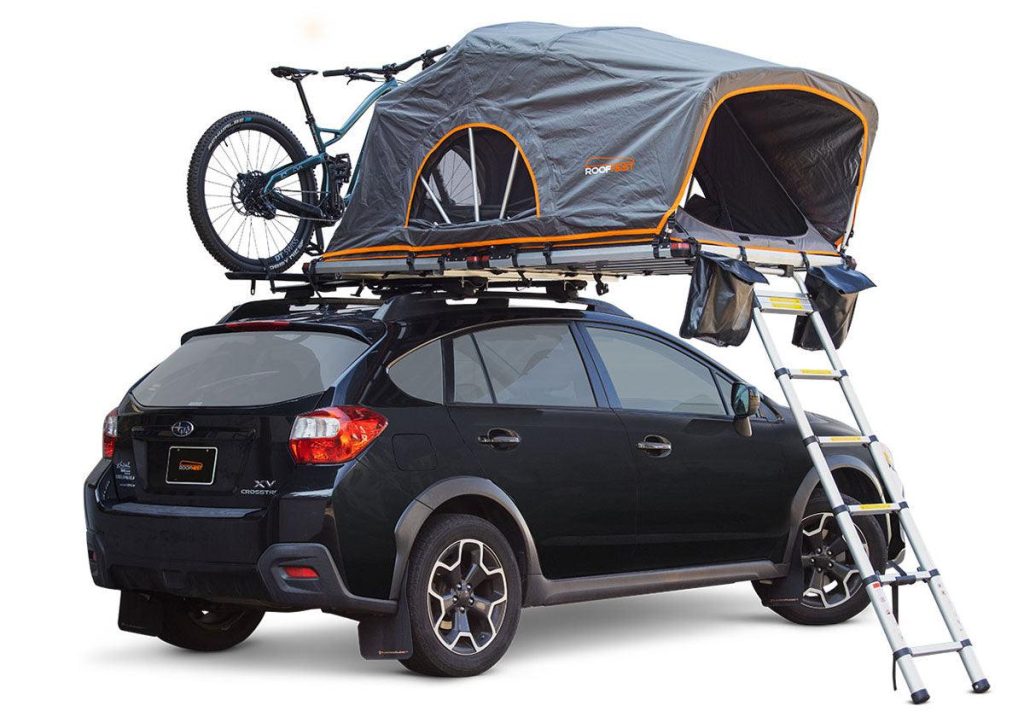
Softshell rooftop tents are a popular choice for families and campers who want more room to relax. Made with durable fabrics and a fold-out design, these tents offer plenty of sleeping space and an open-air camping experience.
They are built with an all-fabric structure, supported by aluminum or steel poles. When packed, they fold in half, making them larger but less compact than hardshell models.
Structure:
-
Made entirely from heavy-duty fabric
-
Supported by metal poles and a foldable base
Setup Time:
-
Takes longer to set up compared to hardshell tents
-
Requires manual unfolding and securing the poles
Durability:
-
Moderate durability with weather-resistant fabrics
-
Can wear down faster in extreme conditions
Weather Resistance:
-
Good for most weather conditions
-
A rain fly helps protect against wind and rain, but not as sealed as a hardshell
Space:
-
Spacious interior fits 3 to 5 people
-
Great for families or groups
Price Range:
-
More budget-friendly, ranging from $900 to $2,500
-
Good value for size and comfort
Aerodynamics:
-
Less aerodynamic due to a bulkier shape when folded
-
May slightly impact fuel efficiency
Noise in the Wind:
-
More fabric means more flapping and noise during windy nights
Hardshell Rooftop Tent
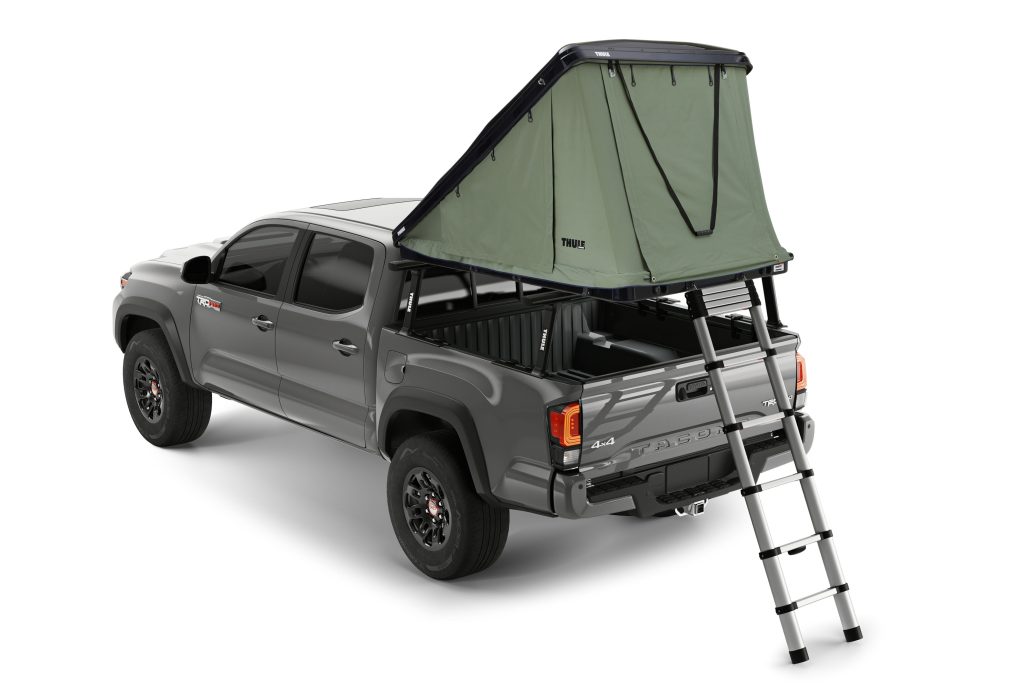
Hardshell rooftop tents are built for strength, speed, and simplicity. Their tough design and fast setup make them a favorite for serious adventurers and frequent travelers. While they offer less interior space, they shine in durability and performance on the road.
Structure:
-
Rigid top and bottom panels, usually made from fiberglass or aluminum
-
Provides strong protection during travel and camping
Setup Time:
-
Quick and easy setup, often with gas struts or simple latches
-
Ideal for fast stops or solo campers
Durability:
-
Very high durability thanks to the hard outer shell
-
Long-lasting materials stand up well to wear and tear
Weather Resistance:
-
Excellent in all conditions—rain, wind, snow, or heat
-
Offers better insulation and sealing compared to softshell tents
Space:
-
Typically fits 2–3 people comfortably
-
Compact design trades roominess for durability and ease
Price Range:
-
Higher cost, between $1,850 and $4,000
-
Investment often reflects better build quality and convenience
Aerodynamics:
-
Streamlined design reduces wind drag on the road
-
Can help improve fuel efficiency
Noise in the Wind:
-
Quieter when driving or camping in windy areas
-
The solid shell reduces flapping sounds
Choosing Your Perfect Perch: Factors to Consider
Before picking your rooftop tent, think about how and where you’ll be using it. Here are some key factors to help you decide between a softshell and hardshell option:
Frequency of Use
-
For quick weekend trips or frequent travel, hardshell tents save time with fast setup.
-
For occasional camping or longer stays, softshell tents offer more room to enjoy.
Group Size
-
Camping solo or as a couple? Hardshell tents usually offer just enough space.
-
Traveling with friends or family? A softshell tent provides extra sleeping area.
Vehicle Considerations
-
Hardshell tents are heavier and may require roof racks with high weight capacity.
-
Softshell tents are lighter and easier to mount on more vehicle types.
Climate and Conditions
-
Hardshell tents are better for harsh or cold climates thanks to their sealed design.
-
Softshell tents are fine for milder weather and summer camping.
Budget
-
Softshell tents are more affordable and better for first-time buyers.
-
Hardshell tents are a bigger investment but come with added durability and convenience.
Pros and Cons
Softshell Rooftop Tents
Pros
-
Lightweight:
Easier to lift and install, making them more suitable for smaller vehicles. -
Larger Sizes:
Often offers more room, sleeping up to five people—ideal for families or group trips. -
Sky Views:
Mesh windows and zip-open panels allow for stargazing and great airflow. -
Affordability:
Lower cost than hardshell models, usually between $900 and $2,500.
Cons
-
Setup Time:
Takes longer to open and close, especially in bad weather or at night. -
Weather Resistance:
Fabric walls provide decent protection but aren’t as sealed or insulated as hardshell tents. -
Maintenance:
Requires more care—fabric must be dried fully before storage to prevent mold or wear.
Hardshell Rooftop Tents
Pros
-
Durability:
Built with strong, rigid materials like aluminum or fiberglass, hardshell tents can last for years with minimal wear. -
Quick Setup:
It opens in seconds using gas struts or hinges, which is perfect for fast camping or roadside stops. -
Aerodynamic Design:
Sleek and low-profile, reducing wind resistance and improving fuel efficiency during travel. -
Gear Storage:
Some models allow you to store bedding and small items inside even when the tent is closed.
Cons
-
Weight:
Heavier than softshell tents; may require stronger roof racks and affect vehicle handling. -
Cost:
Generally more expensive, with prices starting around $1,850 and going up to $4,000. -
Less Interior Space:
Most hardshell tents are compact and sleep only two to three people.
Soft Shell vs Hard Shell Roof Top Tents FAQs
What are the main differences between hardshell and softshell rooftop tents?
Hardshell tents have a solid, rigid design with a faster setup, better durability, and higher weather resistance. Softshell tents are made of fabric, offer more space, and are often more affordable.
Which type is easier to set up?
Hardshell tents are much easier and faster to set up. Most can be opened in seconds. Softshell tents take more time and require manual unfolding and pole setup.
How do they compare in terms of durability?
Hardshell tents are more durable because of their solid structure. Softshell tents can wear out faster, especially with frequent use or harsh weather.
Which type is more affordable?
Softshell tents are more budget-friendly. Their prices usually start around $900, while hardshell tents start at about $1,850.
How do they affect fuel efficiency?
Hardshell tents are more aerodynamic, which helps reduce wind drag and improves fuel efficiency. Softshell tents create more drag due to their bulkier shape when folded.
Which type offers more sleeping space?
Softshell tents typically offer more space, with models that can fit up to 5 people. Hardshell tents usually fit 2 to 3 people.
Can you store bedding inside the tent when it’s closed?
Yes, most hardshell tents allow you to store bedding and small items inside when closed. Softshell tents don’t offer this option due to their foldable design.
How do they handle windy conditions?
Hardshell tents are quieter and more stable in the wind because of their solid exterior. Softshell tents can flap and make more noise in windy conditions.
Which type is better for frequent travelers?
Hardshell tents are better for frequent use. They’re faster to set up and more durable, making them ideal for regular travelers.
Can you store gear on top of the tent?
Yes, many hardshell tents allow gear storage on top using roof racks. Softshell tents usually don’t support this feature.
Outcome: It’s Based On Your Adventure Taste
In the end, choosing between a hardshell and a softshell rooftop tent depends on your camping style. If you prefer quick setups, strong weather protection, and travel often, a hardshell tent may be the perfect fit. But if you want more space, a budget-friendly option, and enjoy longer stays at campsites, a softshell tent could be better for you. Think about your vehicle, your group size, and how often you plan to camp. The right tent is the one that fits your adventure needs best.
Read More: The Ultimate Guide to Overlanding Gear Essentials

